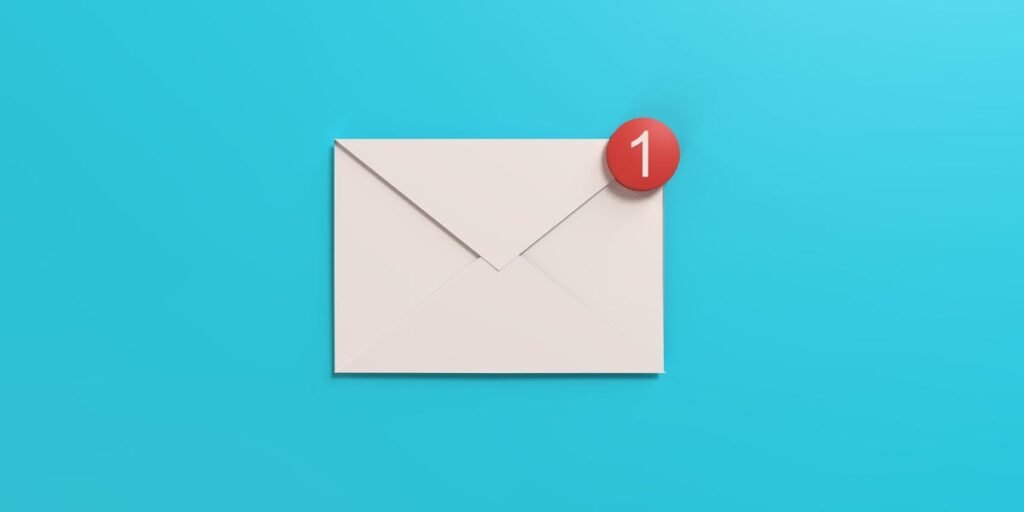subscribers. Become an Insider
and start reading now.
Have an account? .
- I ran out of Google storage space because my Gmail inbox was flooded with unread messages.
- To continue receiving new emails, I had to delete over 30,000 older ones.
- Filtering messages, unsubscribing from email lists, and mass-deleting convos quickly freed up space.
After I completely maxed out of Gmail storage space, I was forced to admit that I’m an email hoarder.
If you can relate to this condition, then you might be on the verge of having your Google storage completely filled, and you’re probably days away from not being able to receive any more emailed messages — unless you pay for more space.
The problem could be several things, but for me, it was the over 30,000 unread emails sitting in my inbox.
Whatever the issue might be, there are many things we can’t control in this world; thankfully, our Gmail inbox is not one of them. Here’s how I freed up my storage space and made my inbox more manageable.
Step 1: Admit you have a problem.
After I received a notice from Google explaining that the company would no longer tolerate my recklessness, I had to address my email-hoarding behavior and start deleting messages.
In reality, the notice told me that I was “out of storage and would stop receiving emails in 29 days,” but I took it as an eye-opener on how poorly I’d been managing my inbox.
Sometimes, items in Google Drive or Google Photos can cause storage space to run out, but in my case, my inbox was the problem.
Step 2: Carve out time to start tackling the issue.
Cleaning and managing Gmail is an ongoing process, but as the popular Chinese proverb goes, “A journey of a thousand miles begins with a single step.”
I decided to take an hour or two on the weekend to begin tackling my inbox.
That day, I freed up 20% of my Google storage space and made a conscious decision to replace some of the time I spent doom scrolling on social media with deleting emails from my Gmail account going forward.
Step 3: Begin with the Promotions section of your Gmail account.
The Promotions category is the easiest place to start deleting emails. Nine out of 10 chances, you won’t remember signing up for any of those deals.
I had over 16,000 deals from as far back as 2018 that had never been opened — featuring things that I’d never buy. I don’t even know how most of these promotions found me.
Gmail allowed me to select up to 50 messages to delete on each page and gave me the option to clear out every conversation from the promotions category.
I deleted a couple of pages first before choosing to delete all conversations in the promotion section so I could remove myself from unwanted email lists.
Step 4: Unsubscribe from email messages you no longer want to see.
You could delete all of your emails in one or two clicks, but that’s just a short-term solution to a bigger problem. Those same senders will have your inbox full the next day — and you could mistakenly delete something important.
I chose to carefully sift through the first few pages of my promotions folder and proactively unsubscribe from unwanted newsletters.
Gmail makes this easy. I just hovered the mouse over each email message, and if the option to unsubscribe was available, a box that said “unsubscribe” popped up. I clicked that box and was all set.
This allowed me to unsubscribe from dozens of email lists in seconds.
Step 5: Mass-delete unwanted emails.
After looking through my most recent promotion emails, I selected everything and sent it to the trash. This process was easy, but mass-deleting emails from my primary inbox took a bit more tact.
I scanned through each email page, and every time I came across a reoccurring message that I never opened — like messages from that one dance camp I registered my niece for three years ago — I’d unsubscribe from that email list.
Then, I typed the sender’s name or email address into the email search box at the top of Gmail and placed quotation marks around it.
That usually brought up all of the emails I received from that sender. From there, I selected all the messages and mass-deleted them. You can repeat these steps in your “social” and “updates” folder, too.
Step 6: Don’t forget to empty your trash.
If you forget to empty the trash folder, you could delete every email from your inbox, but that wouldn’t free up an inch of storage space.
The trash folder can usually be found by clicking on the Gmail menu in the upper left corner and scrolling down past the spam folder. Sometimes, you might need to click the “more” button after the drafts folder to reveal it.
Once I opened the trash folder, I had the option to restore mistakenly deleted emails, select which emails to permanently delete, or “empty trash now” to get rid of everything in one quick swoop.
I chose to delete all of the messages. Once deleted from the trash, they were gone for good.
Step. 7 Enjoy your cleaner inbox and free storage space.
After I worked through all of these steps, my inbox was much tidier and I avoided having to pay for extra storage space to receive new emails. It might sound like a lot, but it was effortless.
My biggest lesson was to just let go and delete. We have enough to deal with in the real world. Why hold on to digital trash?
Read the full article here

















